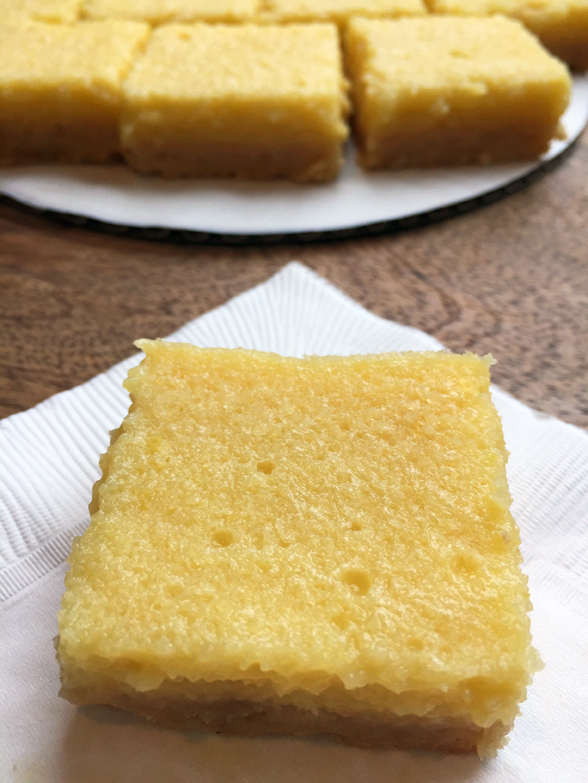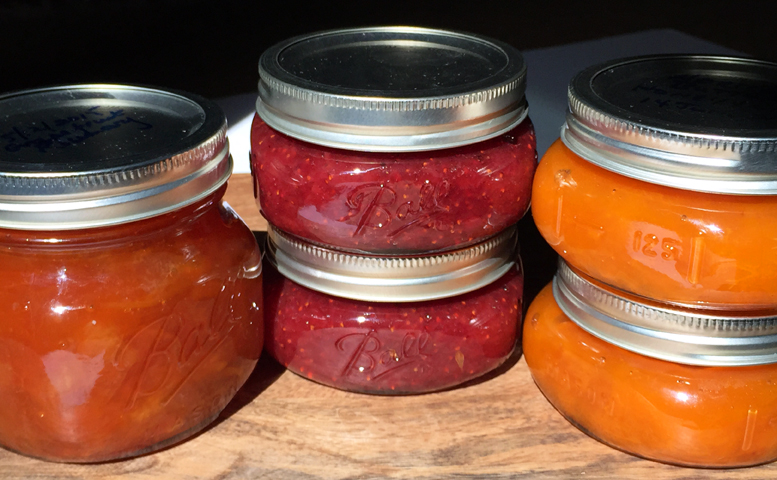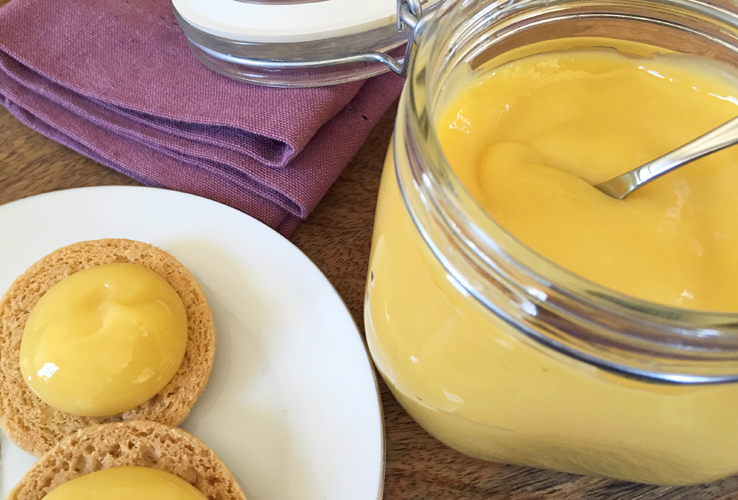If you live in The 650, then you know that citrus does very well here. Lemons, limes, grapefruits, all kinds of oranges... you see them in front yards, back yards, side yards, and along driveways throughout my neighborhood. The high point for the citrus harvest is usually December through February. However, with the "weird weather" … Continue reading Waste-Less Wednesday: Whole Lemon Bars
Tag: reducing food waste
Waste-Less Wednesday: Getting the Most from Summer Fruit
Ever feel like you’re in a race to keep ahead of food waste at home — particularly during the summer? Summer, for all of its wonderful bounty of fresh produce from CSA boxes, farmers’ markets, and home gardens, also presents a challenge: how to make the most of the fruits and vegetables that come into … Continue reading Waste-Less Wednesday: Getting the Most from Summer Fruit
Waste-Less Wednesday: Smashed Cauliflower on Toast with Rocket and Radish
What's up with our weather? The recent stretch of cloudy, cool days feels like more spring in Seattle, than spring in the Bay Area. We should be well into our second heat wave by now! (I joke.) Maybe it's this pre-summer limbo or the grey days, but I've been craving comfort food. Nothing as solid … Continue reading Waste-Less Wednesday: Smashed Cauliflower on Toast with Rocket and Radish
Waste-Less Wednesday: Meyer Lemon Curd
So, let's say you zest 10 or 12 Meyer lemons for Organic Meyer Lemon Limoncello, leaving you with a bunch of nekkid fruit. And then? Juice them, of course. And then? Then you have about a pint of Meyer lemon juice. And then? Exactly. Now you have to come up with a way to use … Continue reading Waste-Less Wednesday: Meyer Lemon Curd




